Psychiatric care should be part of pediatric rehab plan

Cleveland Clinic is a non-profit academic medical center. Advertising on our site helps support our mission. We do not endorse non-Cleveland Clinic products or services. Policy
Cleveland Clinic Children’s Pediatric Pain Rehabilitation Program works to bring children and adolescents out of a world controlled by pain and enable them to be happy, healthy and functioning. The addition of psychiatry into these types of medical programs can round out a well-balanced approach to physical and mental health.
Some physicians may be surprised to learn that children and adolescents frequently suffer with chronic pain. Various studies estimate the prevalence rate of persistent pain in this age group at between 15 and 32 percent. Its origin may be physical trauma, a disease or disability, or surgery or another medical procedure.
Children most commonly describe chronic pain as headaches or abdominal pain; other common types of chronic pain include limb pain, back/spine pain, fibromyalgia and combined pain syndromes (where more than one type of pain is present).
Prevalence of chronic pain disorders increases with age and may complicate an already difficult period of development for a young patient.
The addition of depression and/or anxiety can make it nearly impossible for a child to achieve remission from pain. Certain factors affect the likelihood of a healthy adaptation to a medical diagnosis. Specifically, an unpredictable disease course and prognosis, strong stigma associated with a disorder, and a high level of monitoring required by the family are all factors that impede a patient’s psychological adjustment to an illness.
Furthermore, dealing with a child or teen with chronic pain can alter a family’s ability to function normally, especially if the patient is no longer able to attend school, participate in family activities and/or continue with extracurricular activities.
Because most patients with these disorders are informed that their pain is likely to resolve with specific medical treatments, there is a strong drive to request more diagnostic procedures to find the elusive answer that will lead to an effective treatment and miraculous recovery.
Chronic pain is an “invisible” disease that often leaves no physical mark, leading to significant skepticism and, oftentimes, bullying by peers who may feel the patient is “faking it.”
Finally, the constant, daily fight to manage medical symptoms and prevent future pain crises can be exhausting. All in all, it is no surprise that chronic pain can be both a precipitating factor and a perpetuating factor of depressive and anxiety disorders.
Approaching a chronic pain patient as a psychiatrist can be a tricky business. Families and patients often regard referrals to psychiatry and psychology as a sign that they are not being taken seriously. Many patients are sensitive to others’ perceptions that their pain isn’t “real,” therefore, a mental health referral indicates “it’s all in my head.”
Many of these patients will grudgingly agree to psychiatric evaluations in hopes that it will get their primary physician to approve more medical treatments.
Caregivers in our Pediatric Pain Rehabilitation Program help families move past diagnostic studies and invasive treatments, to focus on function and returning to an enjoyable life.
Patients are expected to keep a regular sleep schedule, to work hard not only at physical and occupational therapy but also at individual and group psychotherapy, and, most of all, to develop and apply problem-solving skills as a way to return to a more normal life.
Problem-solving may start with motivational interviewing techniques to improve adherence to a plan, followed by clearly defining the issue, brainstorming possible solutions, evaluating what the patient is willing to do and, finally, determining the best next step that all parties agree to. Patients are discharged with clear goals, including restarting pleasurable activities.
The diagnosis of psychiatric disorders and use of psychotropic medications is not a way of dismissing patients’ very real and debilitating pain disorders. Instead, we present it as a way of smoothing their transition back to full-time school and activities.
When we evaluate the true effect pain has had on an adolescent’s life, we encounter missed opportunities, broken relationships and, most of all, a loneliness that comes from being left out at a time when being with peers takes on the utmost importance. As many teenagers struggle to see beyond their current frustration, they describe worries that they will live the rest of their lives dragged down by pain.
The physical symptoms that accompany pain often mimic those of depression and anxiety (poor sleep, poor focus, appetite changes and decreased interest in activities that used to be pleasurable). Chronic pain patients struggling with depression and anxiety are unable to escape these symptoms, even when pain has temporarily abated. As with the often described “sick role,” being a patient with pain becomes a part of each patient’s personality.
Fortunately, there is hope. The Pediatric Pain Rehabilitation Program helps patients move past their pain diagnosis and utilize their strengths and resources to return to a more active, fulfilling life.
A vital piece of this return to functioning includes adequate treatment of any psychiatric disorders that are present, to give a patient the best chance of recovery.
While these evaluations are not required as a part of the pain program, they are often recommended based on team consensus and/or parent request. Evaluations include interviews with patient and family, a review of the patient’s medical records, and input and observations from the rehabilitation team.
Recommendations for patients with anxiety or depressive disorders always include instructions to continue individual psychotherapy following discharge from the program. For patients with primary anxiety or depressive disorders, selective serotonin reuptake inhibitors continue to be the first-line treatment; for many patients with a combination of depression and pain syndromes, selective norepinephrine reuptake inhibitors, such as duloxetine, can be used with careful monitoring for activation.
For chronic pain patients with insomnia, sleep hygiene is strongly encouraged. Over-the-counter melatonin and/or medications such as trazodone may also be helpful.
As our knowledge of the interplay between pediatric pain and mental health disorders continues to expand, we have increasingly more interventions to offer these patients. By breaking down the stigma surrounding psychiatric and pain disorders, clinicians can help patients and their families adapt to and move beyond their medical conditions to a life well lived.
Dr. Ahuja is an associate staff member of Cleveland Clinic Neurological Institute’s Center for Behavioral Health.
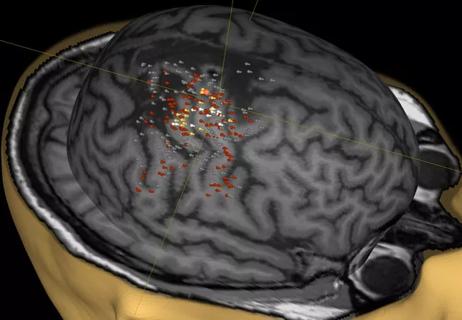
A noninvasive approach to map eloquent areas before surgery
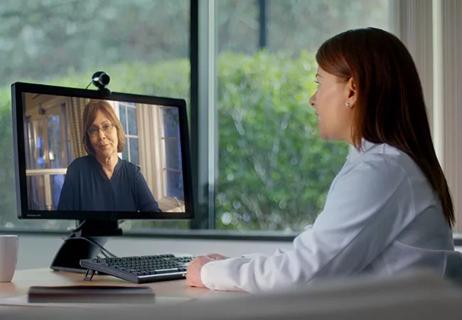
Physician reimbursement policy experts join forces with IT and coders to enable digital transformation

Minority Stroke Program focuses on outreach to racial and ethnic minority communities
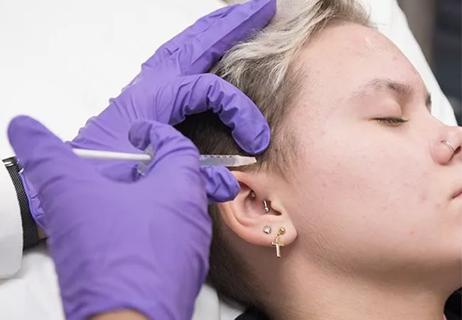
Excellent response seen with ongoing use in patients as young as 11

Q&A with a psychiatrist in Cleveland Clinic’s Transgender Surgery and Medicine Program

Time constraints, language barriers, substance misuse, mood disorders targeted for improvements
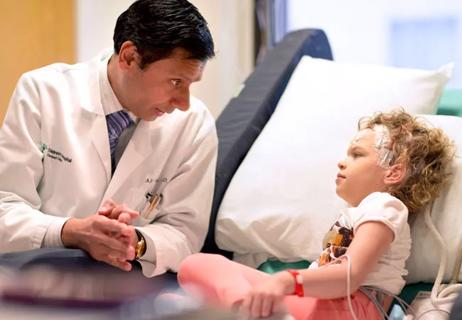
Project draws $1.6M to leverage telemedicine to create medical home, ease transition to adult care
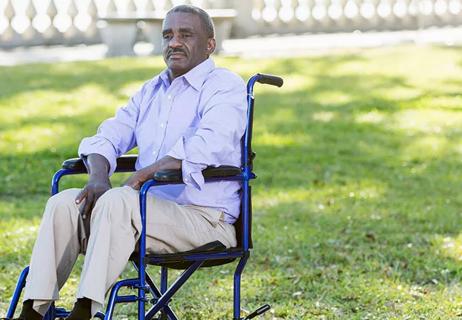
Comorbid depression is only one of the likely warning signs